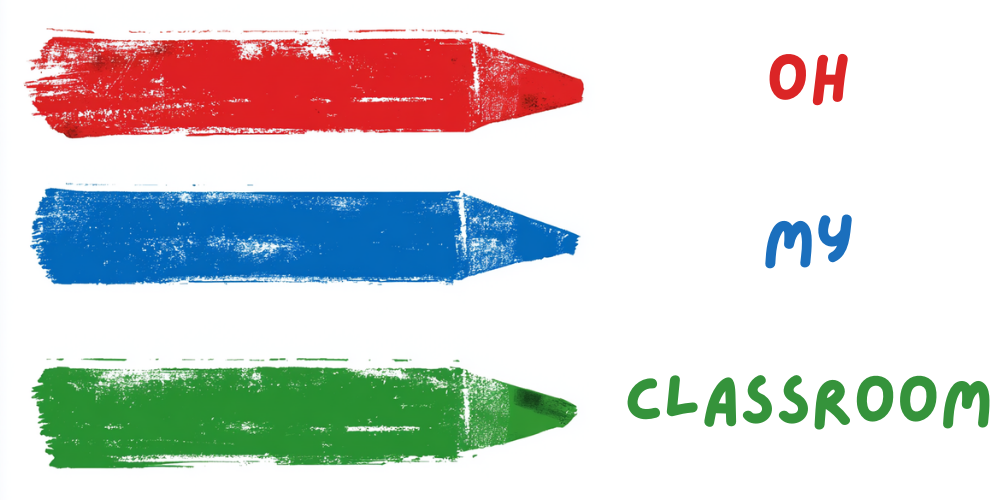Teaching preschool students about the human body can be a fun and engaging way to promote learning in various areas such as cognitive, social, emotional, and physical development.
Children are naturally curious about their bodies, and introducing them to the various organs, bones, and muscles can spark a lifelong interest in science and health.
We will explore effective human body Preschool activities.
These activities are age-appropriate, engaging, and promote learning in a variety of ways, making them ideal for both classroom and home settings.
Whether you’re a teacher or a parent, these activities will help you introduce your little ones to the wonders of the human body while also promoting healthy habits and good hygiene.
“Mr. Bones” Game
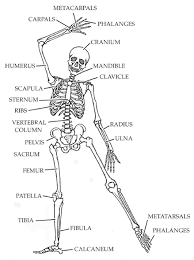
This game is a fun way to introduce students to the different bones in the body. Draw or print out a picture of a skeleton and label each bone.
Then, cut out each bone and hide them around the classroom or playground. Give each student a bone card and have them search for the matching bone on the skeleton.
“Five Senses” Exploration
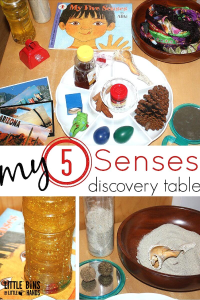
Introduce the five senses to students by setting up a sensory exploration station. Provide various materials such as feathers, sandpaper, cotton balls, scented oils, and different foods for students to touch, smell, taste, and hear.
“My Body” Art Project
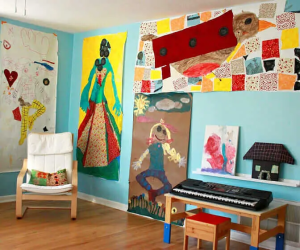
Have students trace their bodies onto a large piece of paper and then decorate it with various materials such as paint, crayons, and markers.
This activity not only promotes creativity but also helps students learn about body parts and their functions.
Related: 20 Creative Mindful Art Activities for Kids of All Ages
“Doctor’s Office” Dramatic Play
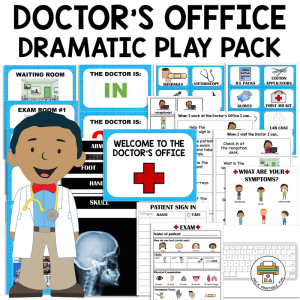
Set up a “doctor’s office” in your classroom or play area with pretend medical equipment such as stethoscopes, bandages, and syringes.
Encourage students to take on different roles such as doctor, nurse, and patient to learn about the different body parts and their functions.
“Healthy Food” Sorting Game
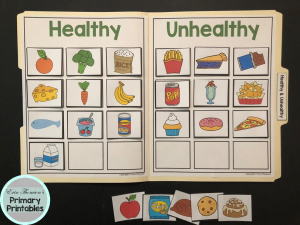
Teach students about healthy food choices by creating a sorting game. Provide pictures of different foods and have students sort them into “healthy” and “unhealthy” categories.
“Exercise” Obstacle Course
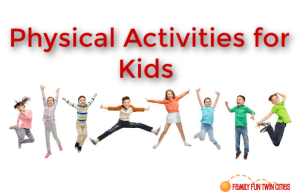
Set up an obstacle course that includes various physical activities such as jumping jacks, hopscotch, and crawling under tables.
This activity not only promotes physical development but also teaches students about the importance of exercise.
“Feelings” Matching Game
Help students learn about emotions by creating a matching game. Provide pictures of different facial expressions and have students match them to corresponding emotions such as happy, sad, or angry.
“Muscle” Stretching Activity

Teach students about muscles by having them participate in a stretching activity. Encourage students to stretch their arms, legs, and neck while discussing the different muscles in their body.
“Germs” Experiment
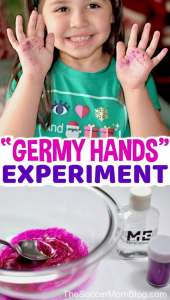
Teach students about the importance of handwashing by conducting a simple experiment. Have students put their hands in a bowl of glitter and then try to wash it off.
Discuss how germs are like glitter and how washing your hands can help prevent the spread of illness.
“Healthy Habits” Chart
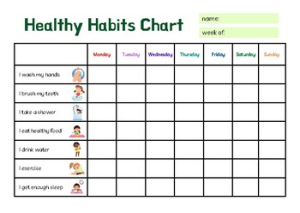
Create a chart that encourages students to practice healthy habits such as brushing their teeth, washing their hands, and getting enough sleep.
Have students mark off each time they practice a healthy habit to promote good hygiene and healthy habits.
“Parts of the Face” Song
Teach students about the different parts of the face by singing a song that highlights each feature.
Have students point to their eyes, nose, mouth, and ears as they sing along. This activity promotes cognitive and social development.
“Body Movement” Dance Party
Host a dance party that encourages students to move their bodies in different ways such as jumping, spinning, and stretching.
This activity promotes physical development and helps preschool students understand how their body moves.
“Body Parts” Memory Game
Create a memory game that focuses on different body parts such as the eyes, ears, and hands. This activity promotes cognitive development and helps preschool students develop memory skills.
“Healthy Teeth” Experiment
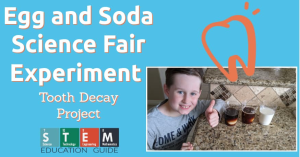
Teach students about the importance of dental hygiene by conducting a simple experiment.
Provide an eggshell and a cup of soda, and have students soak the eggshell in the soda for several hours.
Discuss how the acid in soda can erode teeth and how brushing can help prevent this.
“Organs” Puzzle
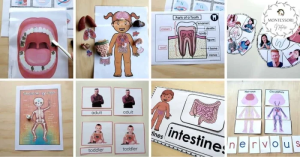
Teach students about the different organs in the body by creating a puzzle. Provide a picture of the human body and cut it into pieces representing each organ.
Have students put the puzzle together and label each organ. This activity promotes cognitive development and helps preschool students understand the functions of organs in the body.
“Emotion” Puppet Show
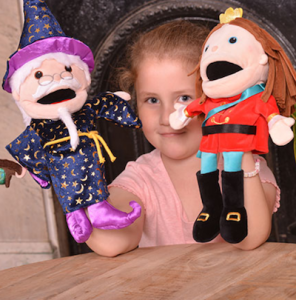
Encourage students to express their emotions by creating puppets representing different feelings such as happy, sad, and angry.
Have students put on a puppet show and discuss how they can express their emotions in healthy ways. This activity promotes social and emotional development.
“Healthy Habits” Book
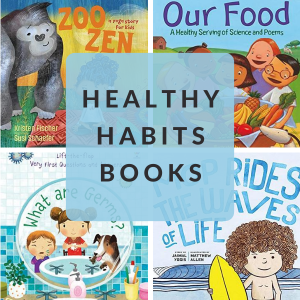
Create a book that highlights different healthy habits such as eating vegetables, getting enough sleep, and wearing sunscreen.
Have students draw pictures and write captions for each page. This activity promotes cognitive development and helps preschool students understand the importance of healthy habits.
“Body Movement,” Simon Says

Play a game of Simon Says that encourages students to move their bodies in different ways such as hopping on one foot or touching their toes.
This activity promotes physical development and helps preschool students understand how their body moves.
“Healthy Foods” Snack Time

Provide students with healthy snack options such as fruits and vegetables and discuss the nutritional benefits of each.
This activity promotes healthy eating habits and helps preschool students understand the importance of good nutrition.
“Gross Motor” Obstacle Course
Create an obstacle course that encourages students to use their gross motor skills such as jumping, crawling, and balancing.
This activity promotes physical development and helps preschool students develop coordination and balance.
Conclusion
In conclusion, teaching preschool students about the human body through engaging and age-appropriate activities is an excellent way to promote learning in various areas such as cognitive, social, emotional, and physical development.
By exploring the different organs, bones, and muscles in the body, children can develop a greater understanding and appreciation for their bodies while also learning important health and hygiene habits.
Whether you’re a teacher or a parent, these activities can help you inspire a lifelong love of science and health in your little ones.
